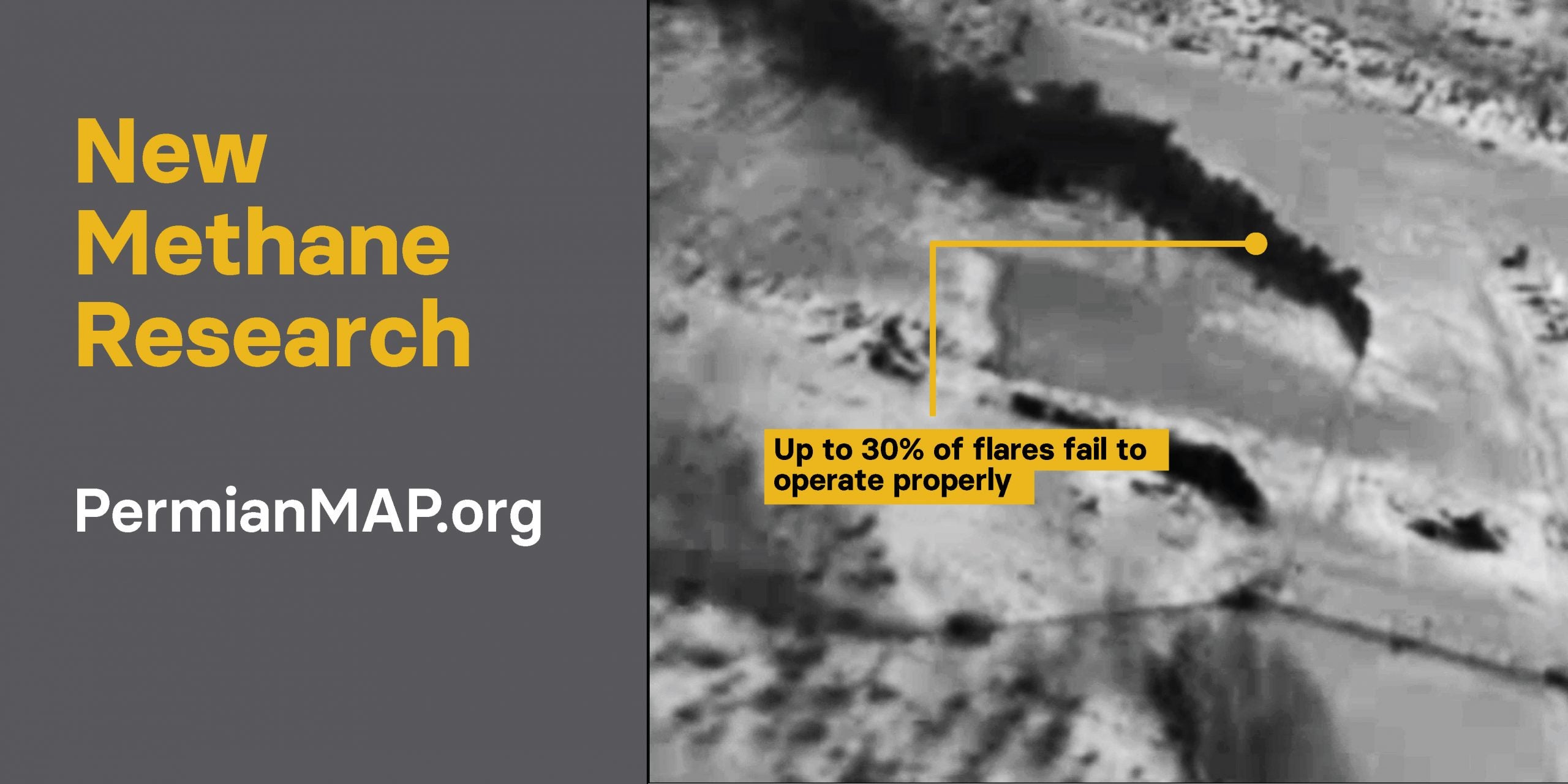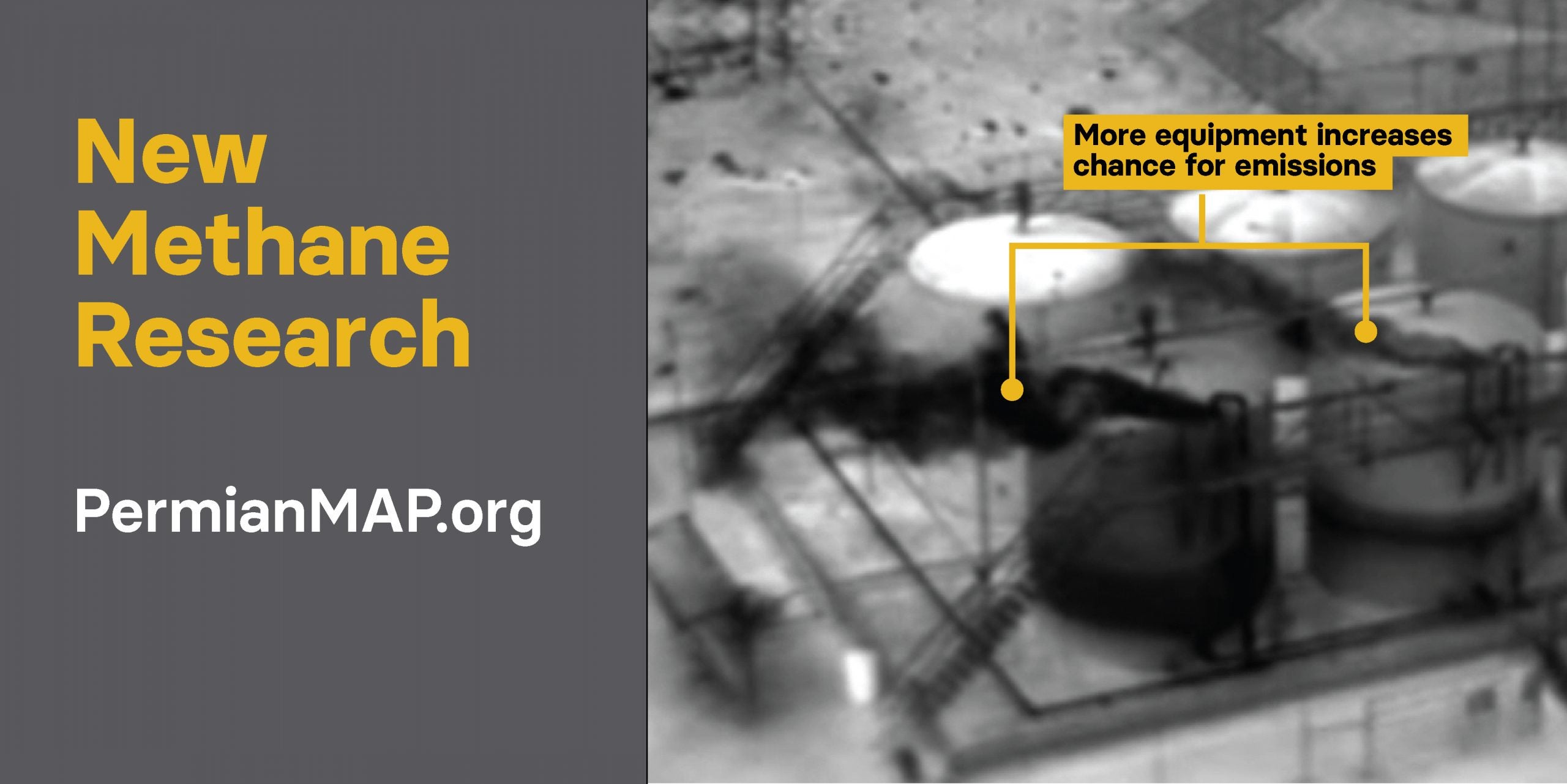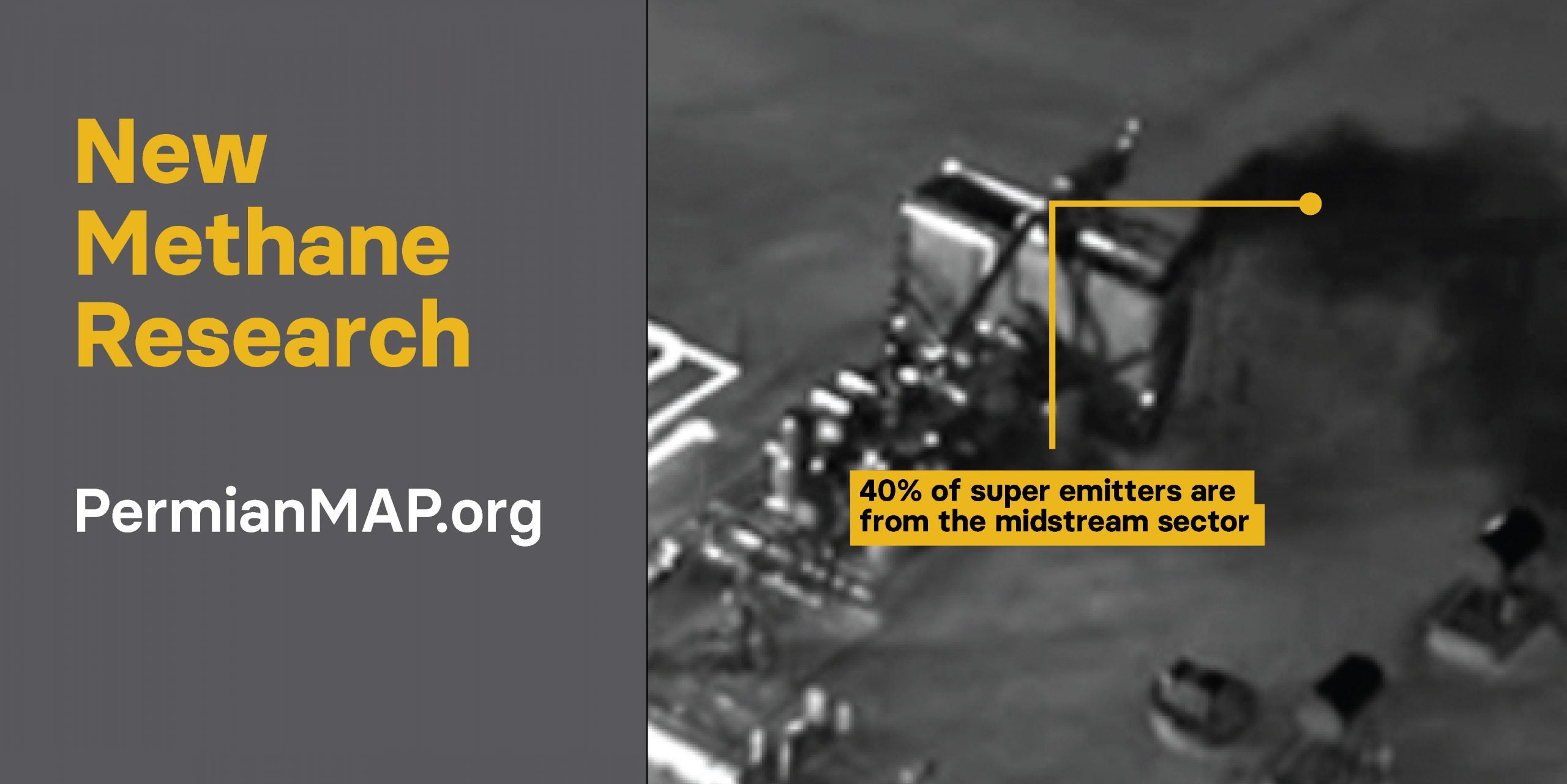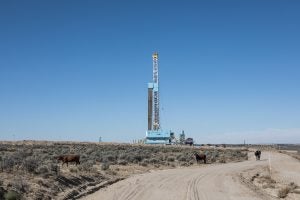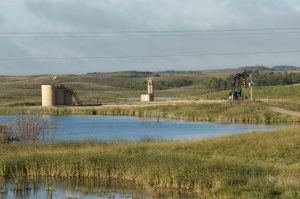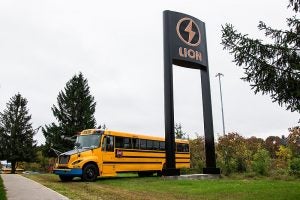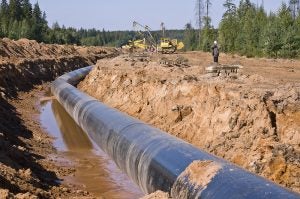 A troubling story recently emerged about a group of gas utilities whose mission is to fight electrification. While the leaked materials alone don’t explain the full extent of the group’s efforts, it was unsettling to see baseless, fear-driven tactics such as “take advantage of power outage fear,” to make people wary of electrification. Instead of blocking progress to safe, affordable, clean energy, gas utilities concerned with the future should be taking steps today to accelerate the energy transition.
A troubling story recently emerged about a group of gas utilities whose mission is to fight electrification. While the leaked materials alone don’t explain the full extent of the group’s efforts, it was unsettling to see baseless, fear-driven tactics such as “take advantage of power outage fear,” to make people wary of electrification. Instead of blocking progress to safe, affordable, clean energy, gas utilities concerned with the future should be taking steps today to accelerate the energy transition.
Several analyses make clear that electrification of commercial and residential buildings will play a predominant role in achieving state climate goals. Take New Jersey, for example, where residential and commercial buildings account for the second largest share of the state’s greenhouse gas emissions. According to modeling done by the state, in order to achieve its climate goals of 80% emission reductions by 2050, residential and commercial sector emissions must be reduced by 89%.
To achieve this level of emission reductions, New Jersey has found that “policies requiring net-zero emissions for new construction must be paired with aggressive requirements for electrification of older residential and commercial buildings as soon as practicable.” In other words, the last thing we should be doing is fighting efforts to electrify.
Read More »










